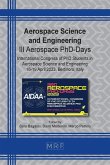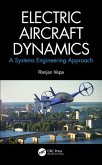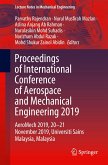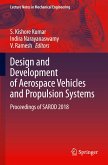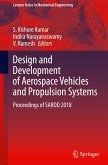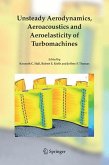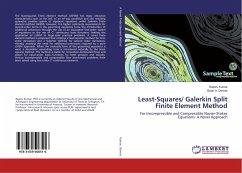Aircraft noise prediction and control is one of the
most urgent and challenging tasks worldwide.
A hybrid approach is usually considered for
predicting the aerodynamic noise. The approach
separates the field into aerodynamic source
and acoustic propagation regions. Conventional CFD
solvers are typically used to evaluate the flow field
in the source region. The FW-H equation is used to
extend the near-field CFD solution to the far-field
acoustic radiation. However the FW-H method requires
the data on a "complete control surface", which may
be infeasible to accomplish for most practical
applications. Motivated by the need for the accurate
and efficient far-field prediction techniques, an
advanced computational methodology, Acoustic
Intensity-Based Method (AIBM), has been developed.
This method is computational efficiency and only
needs the input data over an "open surface". In
general, the AIBM provides an effective alternative
for the far-field acoustic prediction of practical
aeroacoustic problems.
most urgent and challenging tasks worldwide.
A hybrid approach is usually considered for
predicting the aerodynamic noise. The approach
separates the field into aerodynamic source
and acoustic propagation regions. Conventional CFD
solvers are typically used to evaluate the flow field
in the source region. The FW-H equation is used to
extend the near-field CFD solution to the far-field
acoustic radiation. However the FW-H method requires
the data on a "complete control surface", which may
be infeasible to accomplish for most practical
applications. Motivated by the need for the accurate
and efficient far-field prediction techniques, an
advanced computational methodology, Acoustic
Intensity-Based Method (AIBM), has been developed.
This method is computational efficiency and only
needs the input data over an "open surface". In
general, the AIBM provides an effective alternative
for the far-field acoustic prediction of practical
aeroacoustic problems.

